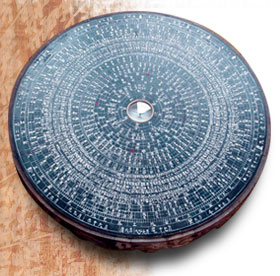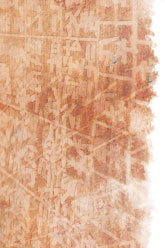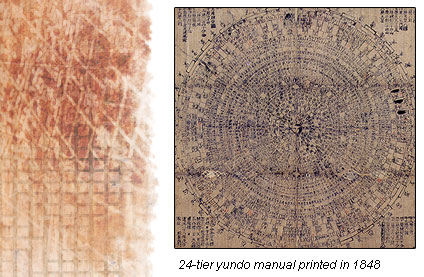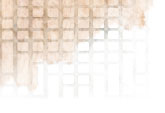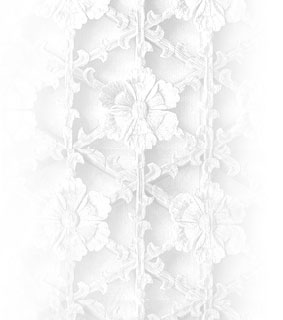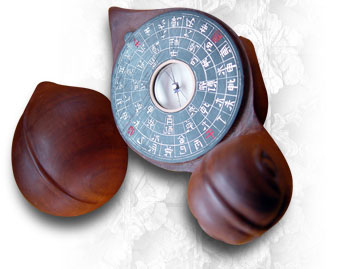 Eastern people in ancient times carefully studied the flow of water and wind and geographical features, Eastern people in ancient times carefully studied the flow of water and wind and geographical features,
 according to the Five Elements theory, to find the best place to live or to bury a dead body. They believed
according to the Five Elements theory, to find the best place to live or to bury a dead body. They believed
 that the site, found through such a process, would help keep evil forces from, and bring fortune to,
that the site, found through such a process, would help keep evil forces from, and bring fortune to,
 the people. This method and process of finding an ideal site was passed on to generations several
the people. This method and process of finding an ideal site was passed on to generations several
 thousand years later and continued to evolve to become a systematic theory we call Pungsu (or
thousand years later and continued to evolve to become a systematic theory we call Pungsu (or
 better known as Feng Shui in Chinese). This knowledge is based on the Eastern belief that the ideal
better known as Feng Shui in Chinese). This knowledge is based on the Eastern belief that the ideal
 practice of living for humankind is to live with, not against, nature. In Korea, the feng shui theory has
practice of living for humankind is to live with, not against, nature. In Korea, the feng shui theory has
 had a great influence upon people’s lives since the Three Kingdoms Period (57 B.C.-668 A.D., the
had a great influence upon people’s lives since the Three Kingdoms Period (57 B.C.-668 A.D., the
 period when the three ancient Korean kingdoms, Koguryo, Baekje and Silla, rivaled each other), and
period when the three ancient Korean kingdoms, Koguryo, Baekje and Silla, rivaled each other), and
 it was by this theory that they built a new capital whenever dynasties changed. Even today, the
it was by this theory that they built a new capital whenever dynasties changed. Even today, the
 knowledge of feng shui is widely believed and conducted by Korean people.
knowledge of feng shui is widely believed and conducted by Korean people.
 There is a tool that a feng shui practitioner needs in order to find an auspicious site according to feng shui There is a tool that a feng shui practitioner needs in order to find an auspicious site according to feng shui
 theory: Yundo (feng shui compass literally meaning, ‘wheel of graphs’). While it looks like a wheel, yundo theory: Yundo (feng shui compass literally meaning, ‘wheel of graphs’). While it looks like a wheel, yundo
 is a tool widely different from an ordinary compass that is used to determine geographic direction. Yundo
is a tool widely different from an ordinary compass that is used to determine geographic direction. Yundo
is a device designed to know not only geographical bearings but also basic data that is required to practice
feng shui and to find a favorable site within nature.
A yundo piece contains four cardinal directions, eight trigrams in ‘I Ching’ that tell
about fortunes, the 10 Heavenly Stems (Cheongan), the 12 Earthly Branches (Sibiji)
symbolizing 12 warrior deities in Taoism who protect the Earth, and 24 solar
terms. All these are systematically arranged on the top surface of the
dial in tiers according to the Yin-Yang and Five Elements theory.
feng shui practitioners use this tool to charter topographical features,
the amount and flow of wind and water, and the life-force (Gi, or
Chi in Chinese) concentrated underground in order to find
an auspicious site that is harmonious with nature.

 In Korea, yundo In Korea, yundo
 is known to have begun is known to have begun
 in the Three Kingdoms Period and to have been used as in the Three Kingdoms Period and to have been used as
 a major device by feng shui practitioners. During the Goryeo Period a major device by feng shui practitioners. During the Goryeo Period
 (918-1392), the tool was made by Seoungwan (or meteorological (918-1392), the tool was made by Seoungwan (or meteorological
 office), a government organization responsible for the affairs office), a government organization responsible for the affairs
 related to astronomy, divination, meteorological observation and related to astronomy, divination, meteorological observation and
 water clocks. However, during the Joseon Period (1392-1910), water clocks. However, during the Joseon Period (1392-1910),
 astronomers utilized feng shui compass to set precise meridians astronomers utilized feng shui compass to set precise meridians
 and feng shui practitioners used it to find an ideal site for a house and feng shui practitioners used it to find an ideal site for a house
 or grave. Eventually, a variety of yundo pieces appeared, from or grave. Eventually, a variety of yundo pieces appeared, from
 the simplest forms of compasses used as fan pendants to the simplest forms of compasses used as fan pendants to
 ‘mirror compasses,’ made by attaching a mirror to the cover, ‘mirror compasses,’ made by attaching a mirror to the cover,
 thus, becoming an essential daily commodity for travelers and thus, becoming an essential daily commodity for travelers and
 seafarers. However, the use of traditional yundo began to vanish seafarers. However, the use of traditional yundo began to vanish
 as the mass-produced Western style compass was introduced as the mass-produced Western style compass was introduced
during the modern period. Despite that, the yundo tradition still continues through feng shui practitioners today.
Yundojang, or Master Craftsman of Feng Shui Compass Making, Kim Jong-dae, was born in Naksan, a village
well-known for yundo making since the Joseon Period. There is a tortoise-shaped rock on the mountain
behind the village, and according to a legend the rock’s life-energy (gi) helped produce great yundo artisans
in the village. When a yundo is laid on this rock (known as the Tortoise Rock, which happens to be situated
east to west), it helps to check if the device’s magnetic needle is true, if it correctly points to the north and south.
View the master's works |













